The Baltic ‘bog belt’ plan to protect Europe from Russia
Reviving lost wetland on Nato’s eastern flank would fuse ‘two European priorities that increasingly compete for attention and funding: defence and climate’
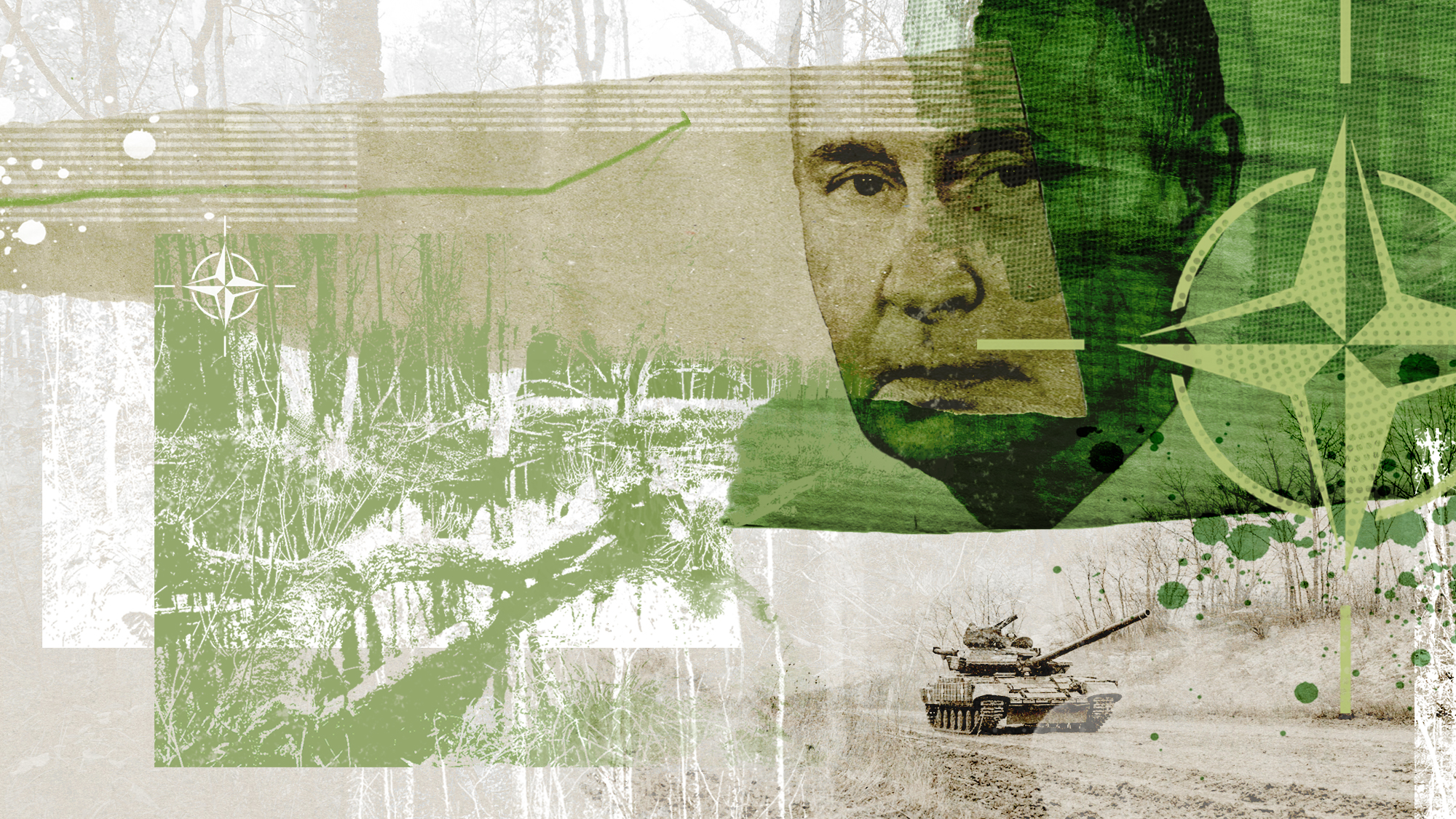
As Europe ramps up defence spending in the face of the growing threat posed by Russia, states on Nato’s eastern flank are turning to a more unusual line of defence: bogs.
“Water has played a role in defensive strategy for millennia,” said the Financial Times. Germanic tribes used peatland to defeat the Romans, while Holland mastered strategic flooding to ward off invasion by Spain and France. The great Prussian military strategist Carl von Clausewitz thought that bogs were among “the strongest lines of defence”.
‘Let nature fight for you’
This was shown to devastating effect in 2022 when, in a desperate bid to stop the Russian army’s advance on Kyiv, Ukrainian authorities decided to blow up a massive Soviet-era dam to the north of the capital that had long contained the Irpin River.
The Week
Escape your echo chamber. Get the facts behind the news, plus analysis from multiple perspectives.

Sign up for The Week's Free Newsletters
From our morning news briefing to a weekly Good News Newsletter, get the best of The Week delivered directly to your inbox.
From our morning news briefing to a weekly Good News Newsletter, get the best of The Week delivered directly to your inbox.
The “desperate gamble” paid off, said The Telegraph, flooding a long-lost wetland basin and turning the land into “an almighty, impassable swamp that helped shield the city as Russian tanks languished in thick, black sludge. The drastic measure sent a message: let nature fight for you in war. Countries along Nato’s frontier took note.”
By chance, “most of the European Union’s peatlands are located on Nato’s border with Russia and Belarus”, said Defence 24. They stretch from the Finnish Arctic, through Estonia, Latvia and Lithuania, across the Suwalki Gap – judged by many to be the most likely point of attack in a future Russian confrontation with Nato – and on to eastern Poland.
Finland has already begun a bog-restoration pilot close to its border with Russia, while Poland plans to revive and expand peatland and forests as part of its £1.9 billion East Shield fortification.
“If there are natural stops on the border such as swamps or bogs or lakes… then that helps us,” said Estonian Prime Minister Kristen Michal.
A free daily email with the biggest news stories of the day – and the best features from TheWeek.com
‘Fusing defence and climate’
Restoring bogs and wetlands along Nato’s eastern flank would be “relatively cheap and straightforward” and fuse “two European priorities that increasingly compete for attention and funding: defence and climate”, said Politico.
Bogs store a huge amount of CO2 and, when drained, release carbon into the atmosphere, fuelling global warming. The problem is particularly acute in Europe, which has seen over half its bogs lost or converted to farmland. Wary of the environmental impact, the EU has set a goal of reviving 30% of degraded peatlands by 2030.
The problem up until now has been securing funding for this. “At a time when Europe focuses on security and resources are allocated to defence”, scientists hope that “acknowledging the military significance of bogs will accelerate their renaturation and secure unprecedented financial resources”, said Defence 24.
“There are not many things that environmental activists and defence officials agree on and here we find great common ground,” Finnish MP Pauli Aalto-Setälä told The Telegraph.
-
 Nnela Kalu’s historic Turner Prize win
Nnela Kalu’s historic Turner Prize winTalking Point Glasgow-born artist is first person with a learning disability to win Britain’s biggest art prize
-
 Bridget Riley: Learning to See – an ‘invigorating and magical ensemble’
Bridget Riley: Learning to See – an ‘invigorating and magical ensemble’The Week Recommends The English artist’s striking paintings turn ‘concentration into reverie’
-
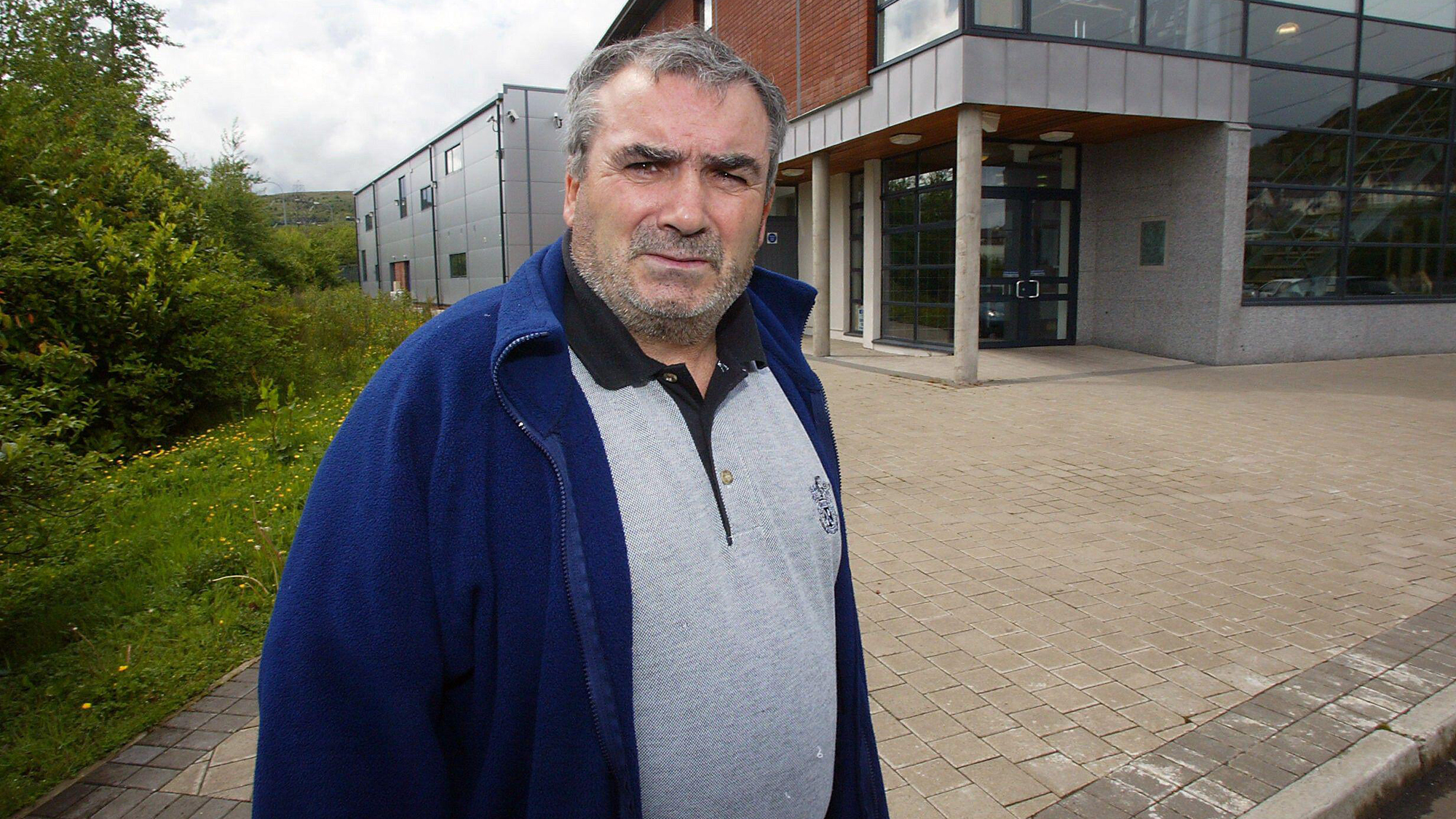 ‘Stakeknife’: MI5’s man inside the IRA
‘Stakeknife’: MI5’s man inside the IRAThe Explainer Freddie Scappaticci, implicated in 14 murders and 15 abductions during the Troubles, ‘probably cost more lives than he saved’, investigation claims
-
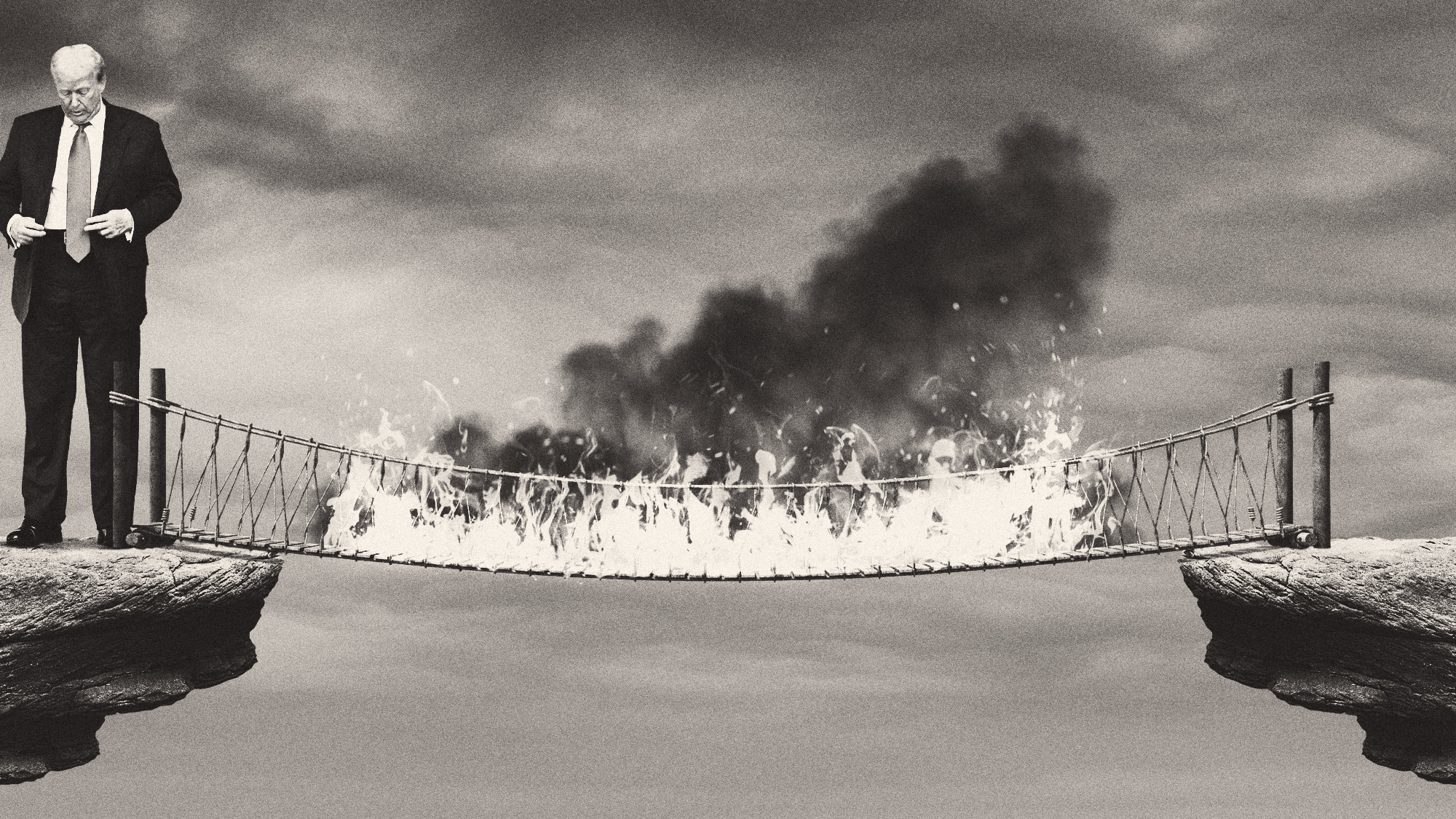 Did Trump just end the US-Europe alliance?
Did Trump just end the US-Europe alliance?Today's Big Question New US national security policy drops ‘grenade’ on Europe and should serve as ‘the mother of all wake-up calls’
-
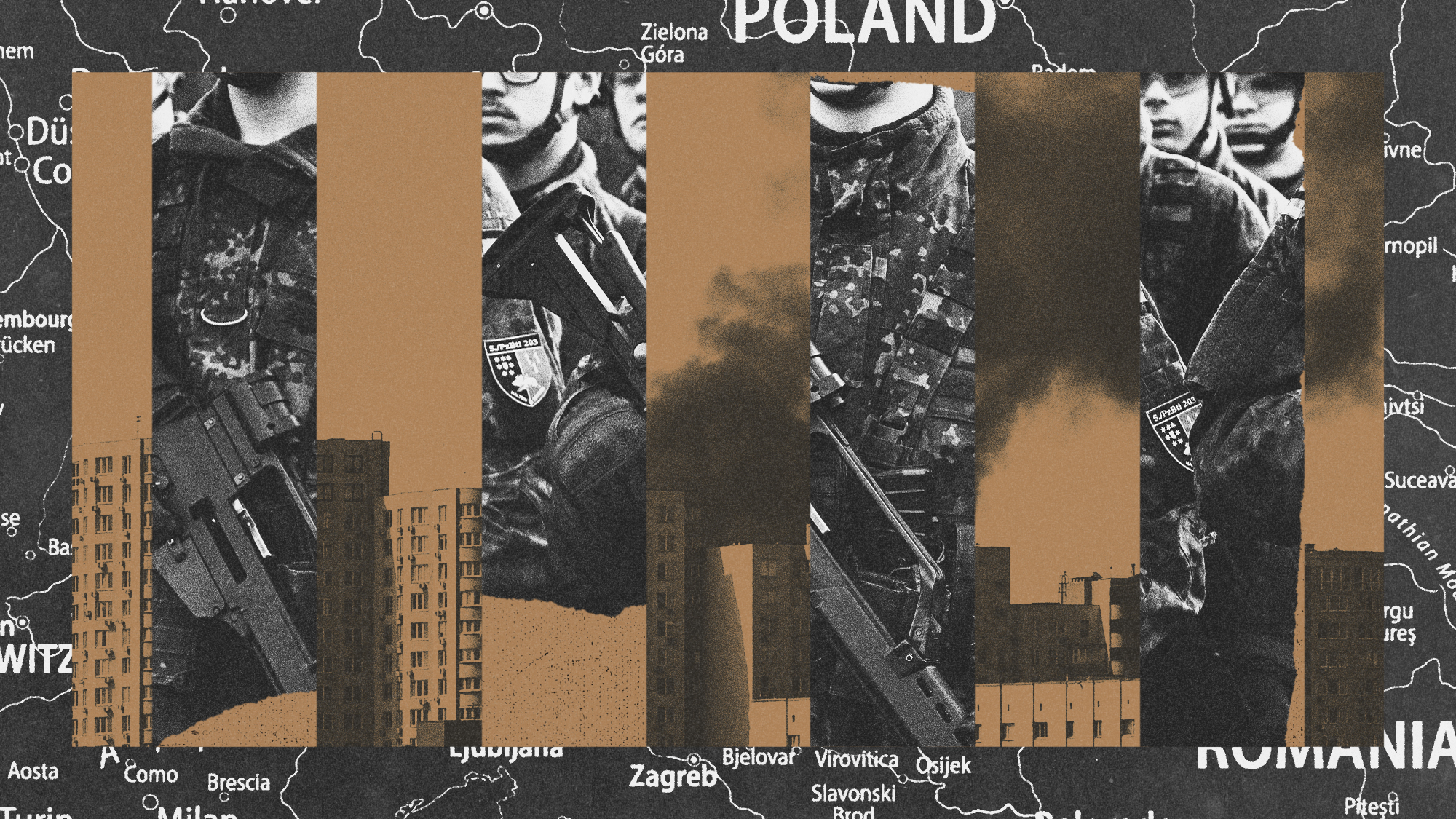 Is conscription the answer to Europe’s security woes?
Is conscription the answer to Europe’s security woes?Today's Big Question How best to boost troop numbers to deal with Russian threat is ‘prompting fierce and soul-searching debates’
-
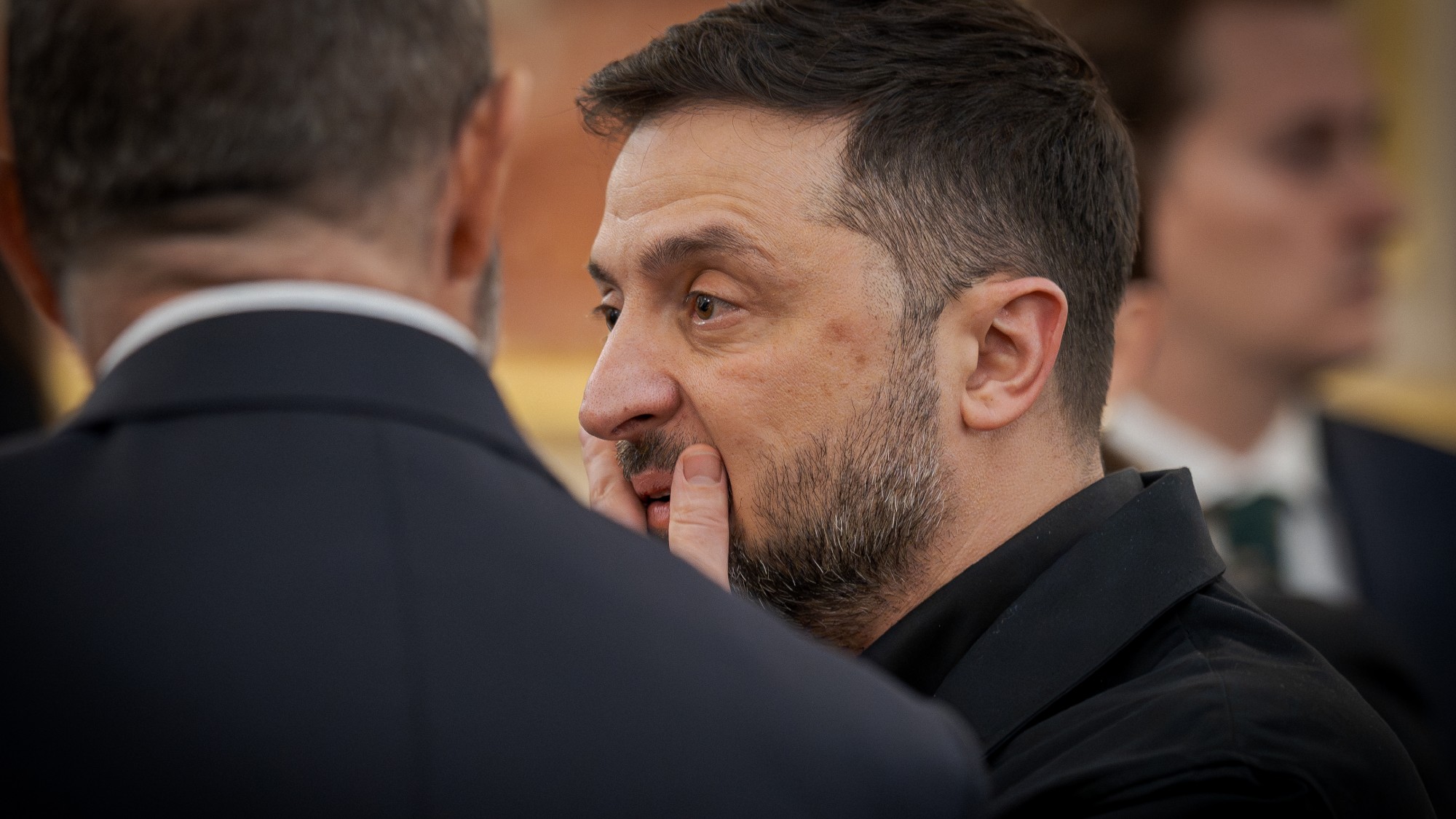 Trump peace deal: an offer Zelenskyy can’t refuse?
Trump peace deal: an offer Zelenskyy can’t refuse?Today’s Big Question ‘Unpalatable’ US plan may strengthen embattled Ukrainian president at home
-
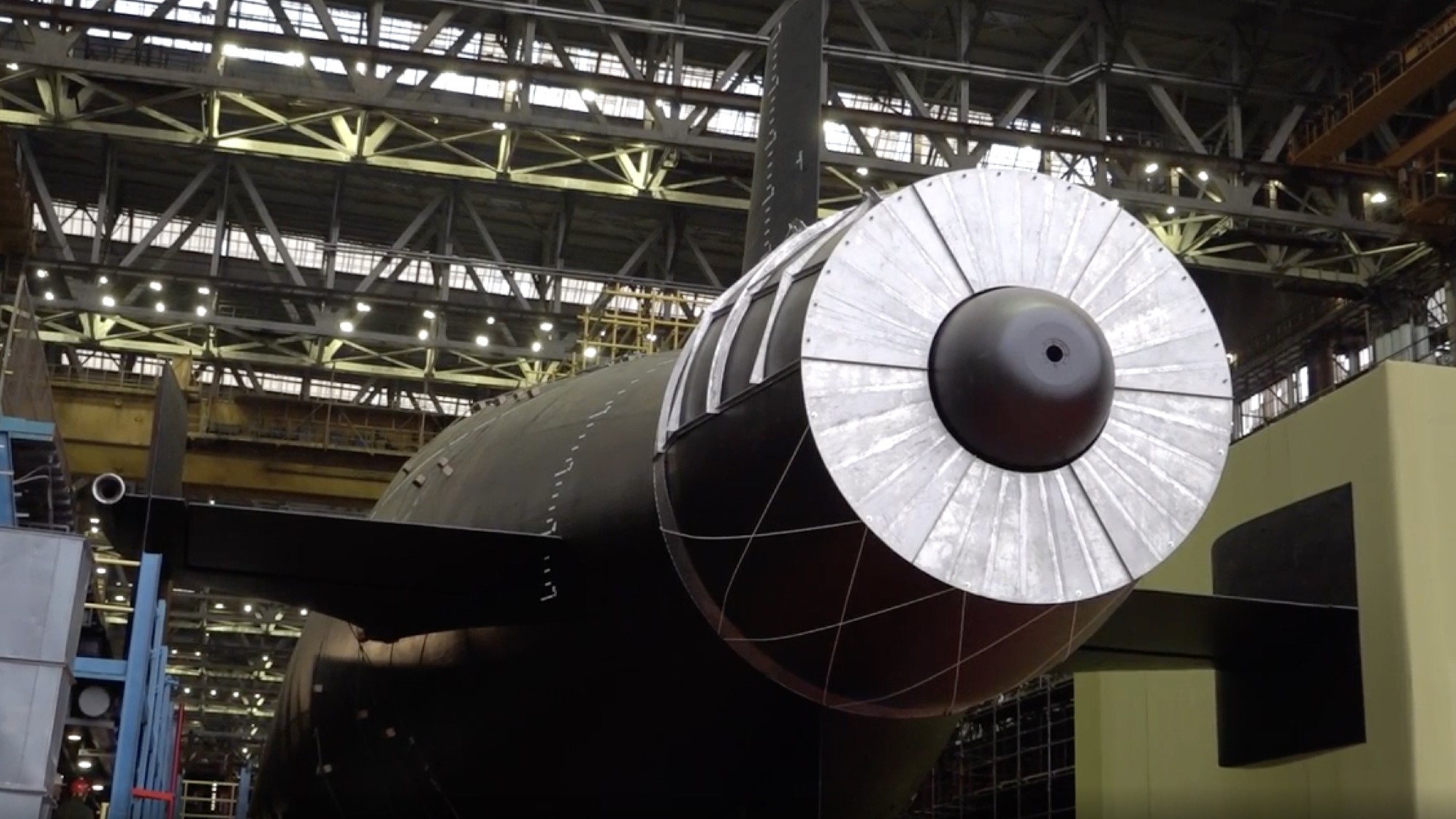 Vladimir Putin’s ‘nuclear tsunami’ missile
Vladimir Putin’s ‘nuclear tsunami’ missileThe Explainer Russian president has boasted that there is no way to intercept the new weapon
-
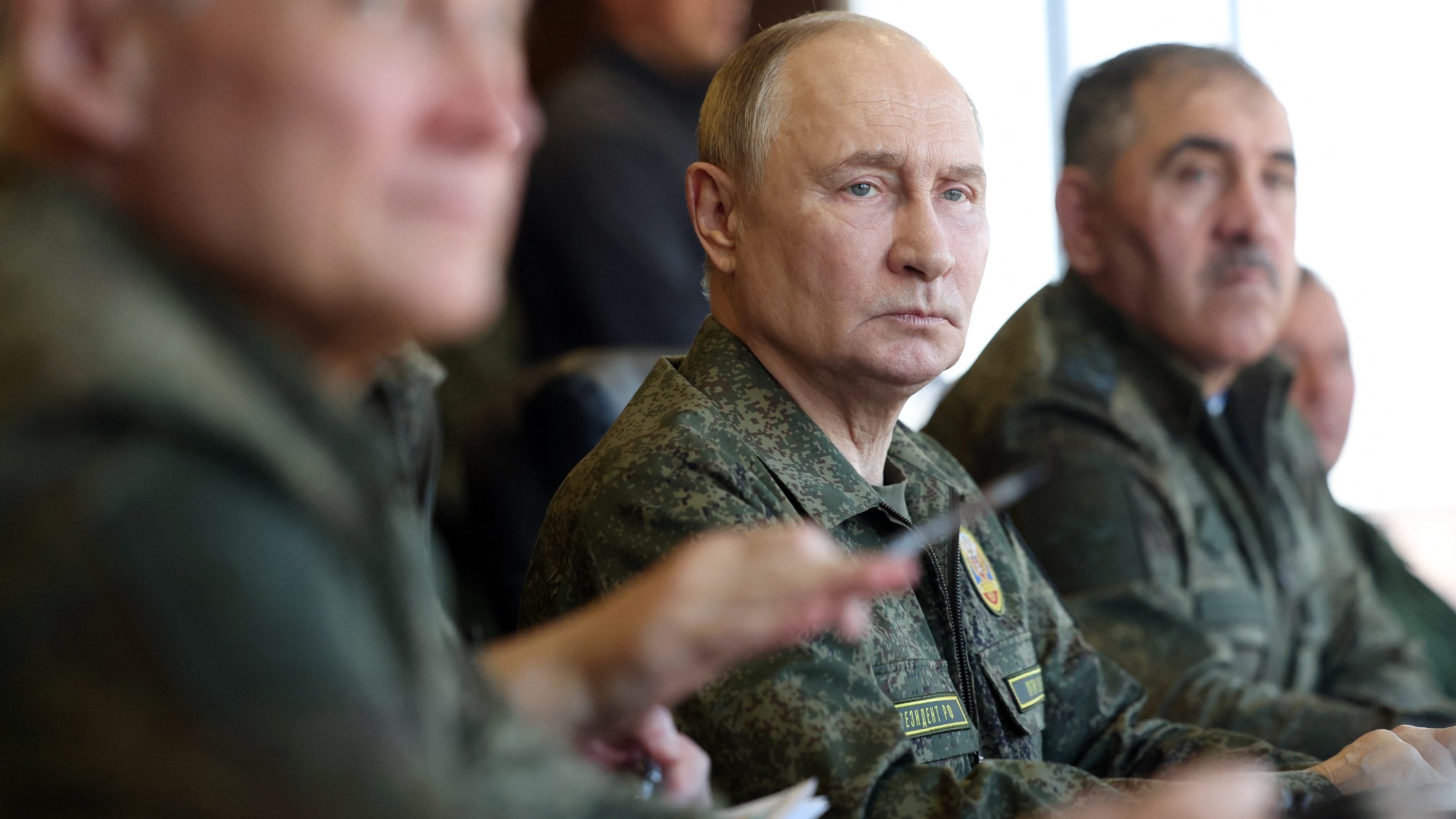 How should Nato respond to Putin’s incursions?
How should Nato respond to Putin’s incursions?Today’s big question Russia has breached Nato airspace regularly this month, and nations are primed to respond
-
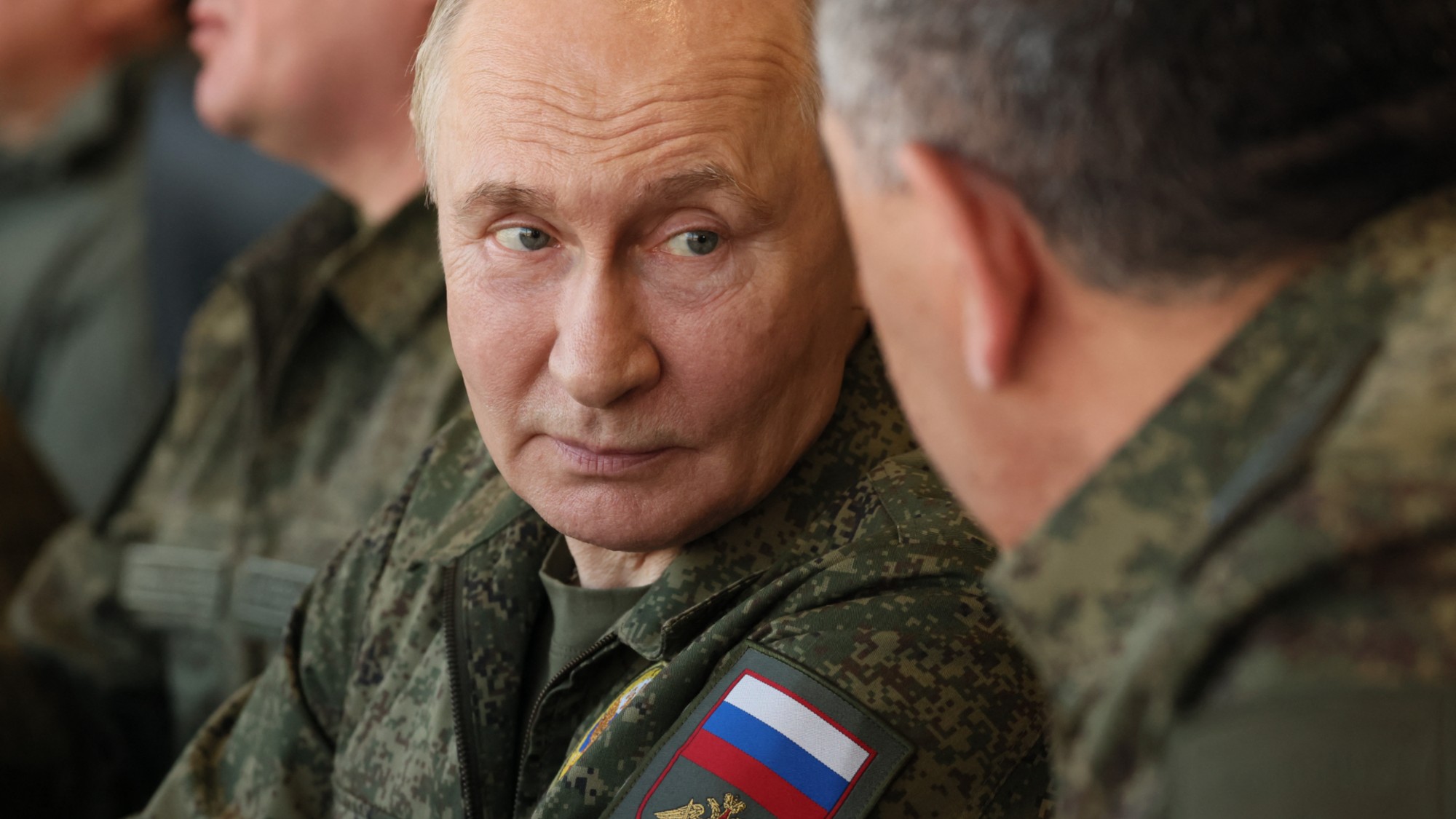 Russia’s war games and the threat to Nato
Russia’s war games and the threat to NatoIn depth Incursion into Poland and Zapad 2025 exercises seen as a test for Europe
-
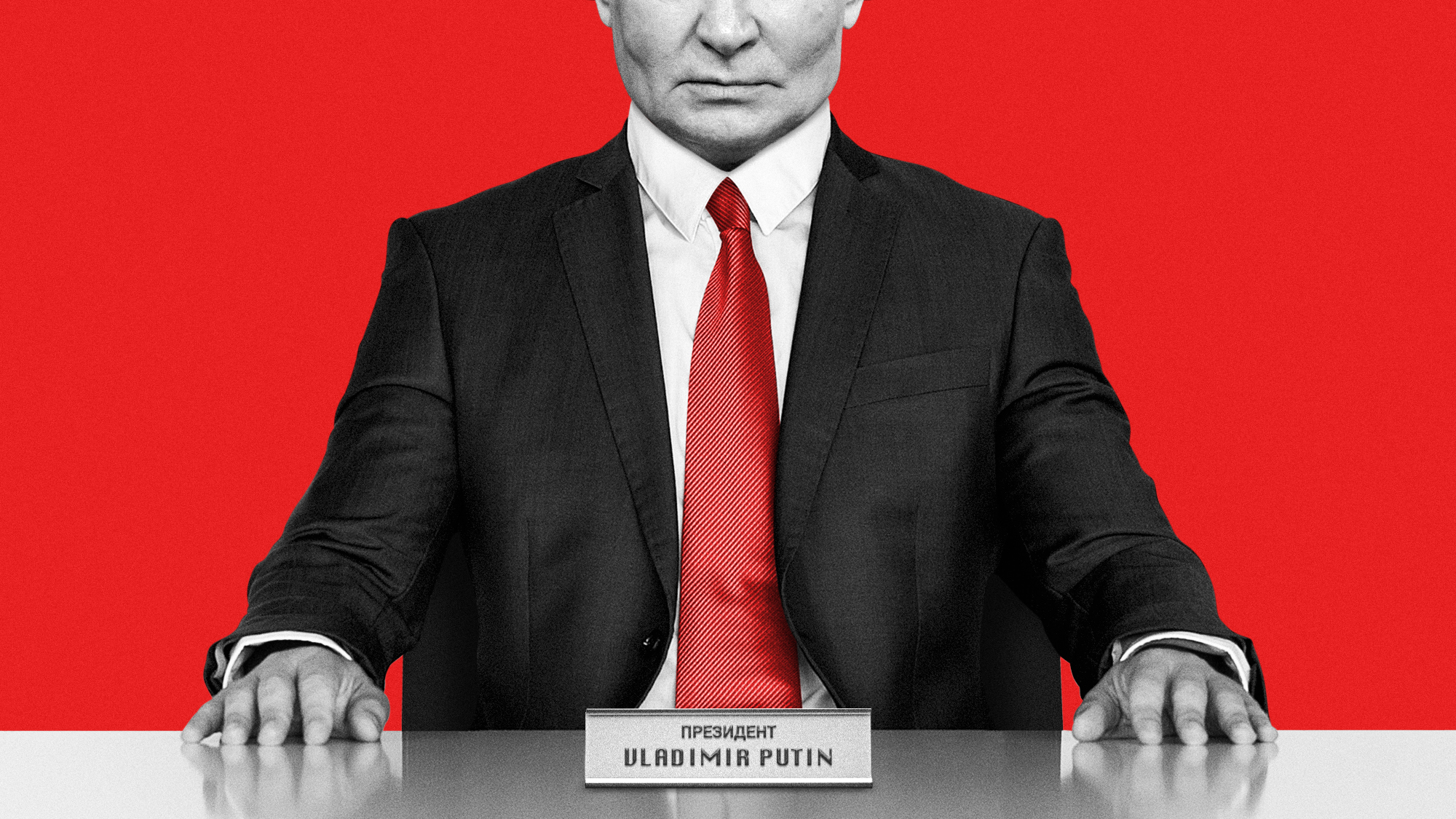 What will bring Vladimir Putin to the negotiating table?
What will bring Vladimir Putin to the negotiating table?Today’s Big Question With diplomatic efforts stalling, the US and EU turn again to sanctions as Russian drone strikes on Poland risk dramatically escalating conflict
-
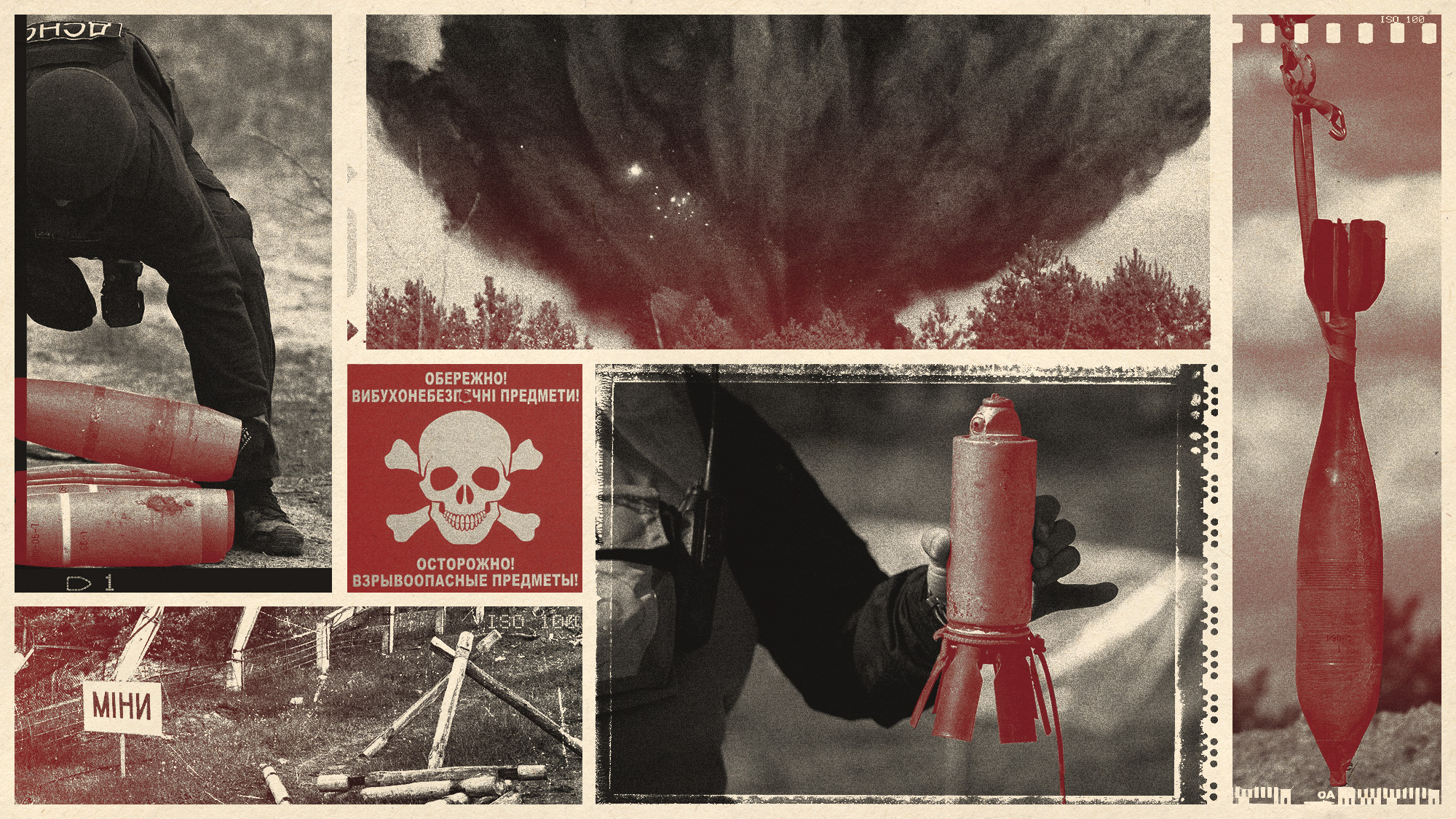 The mission to demine Ukraine
The mission to demine UkraineThe Explainer An estimated quarter of the nation – an area the size of England – is contaminated with landmines and unexploded shells from the war